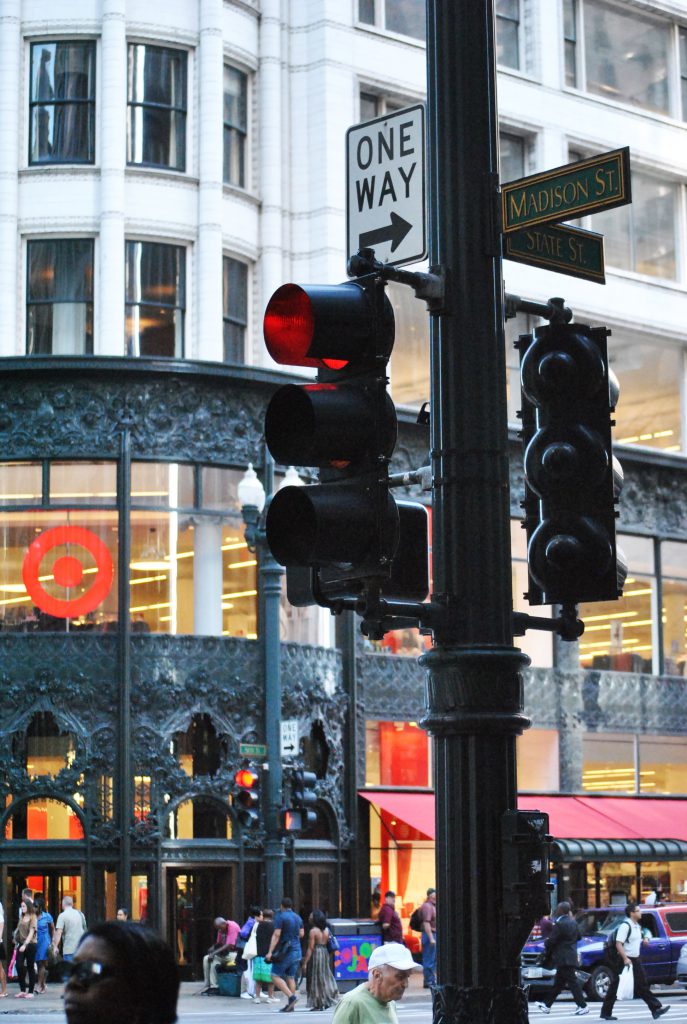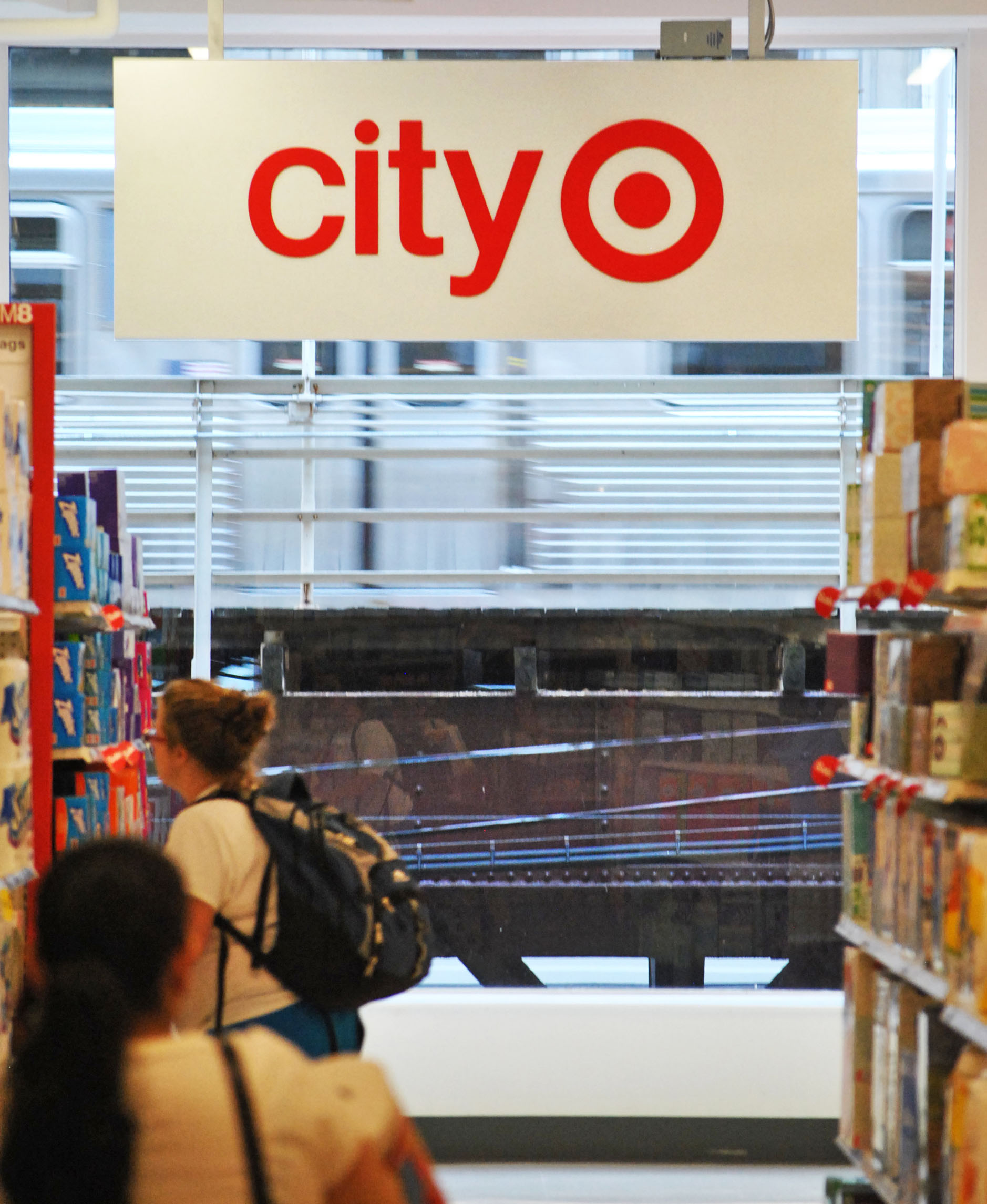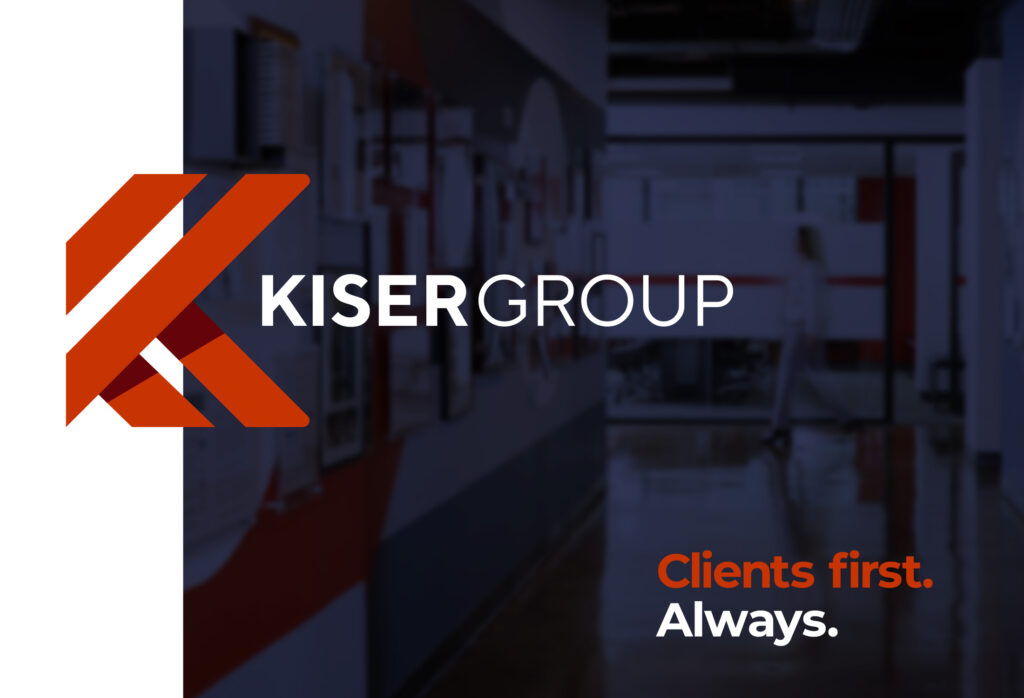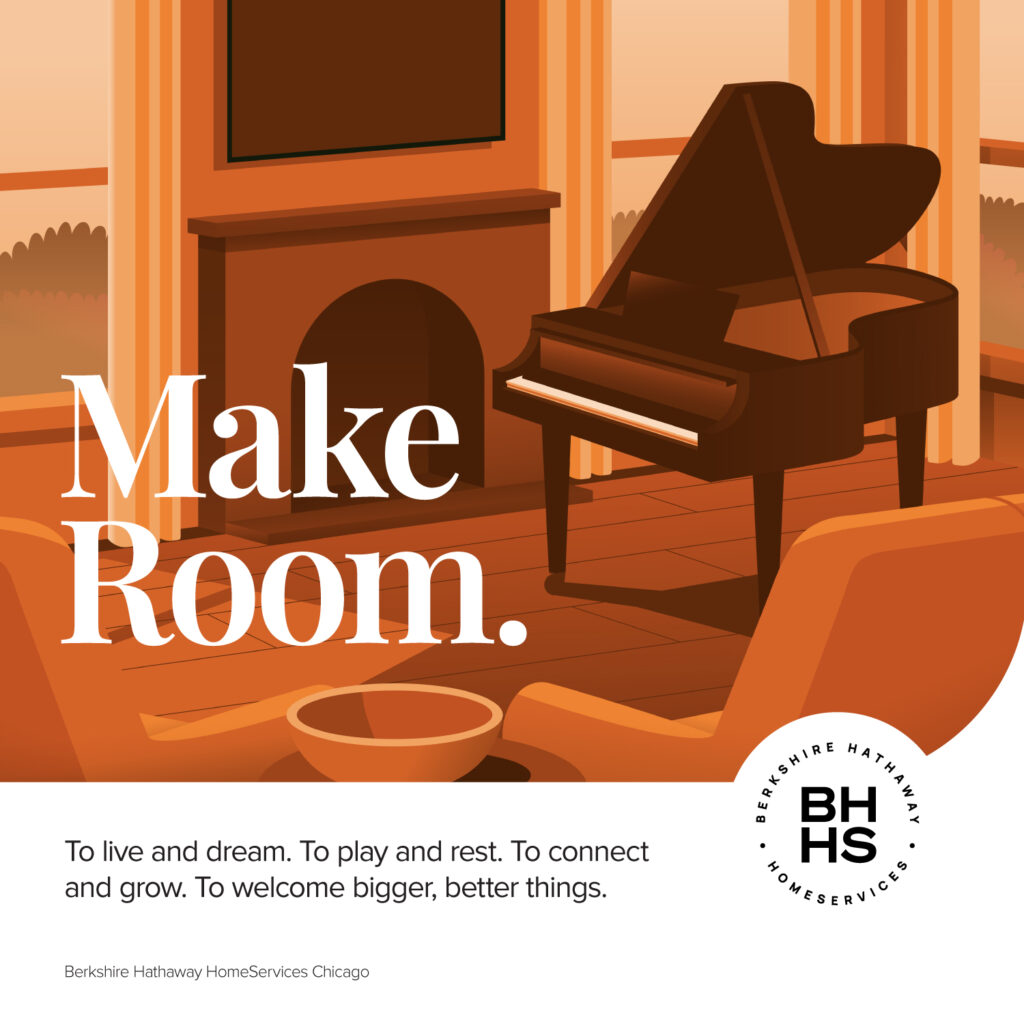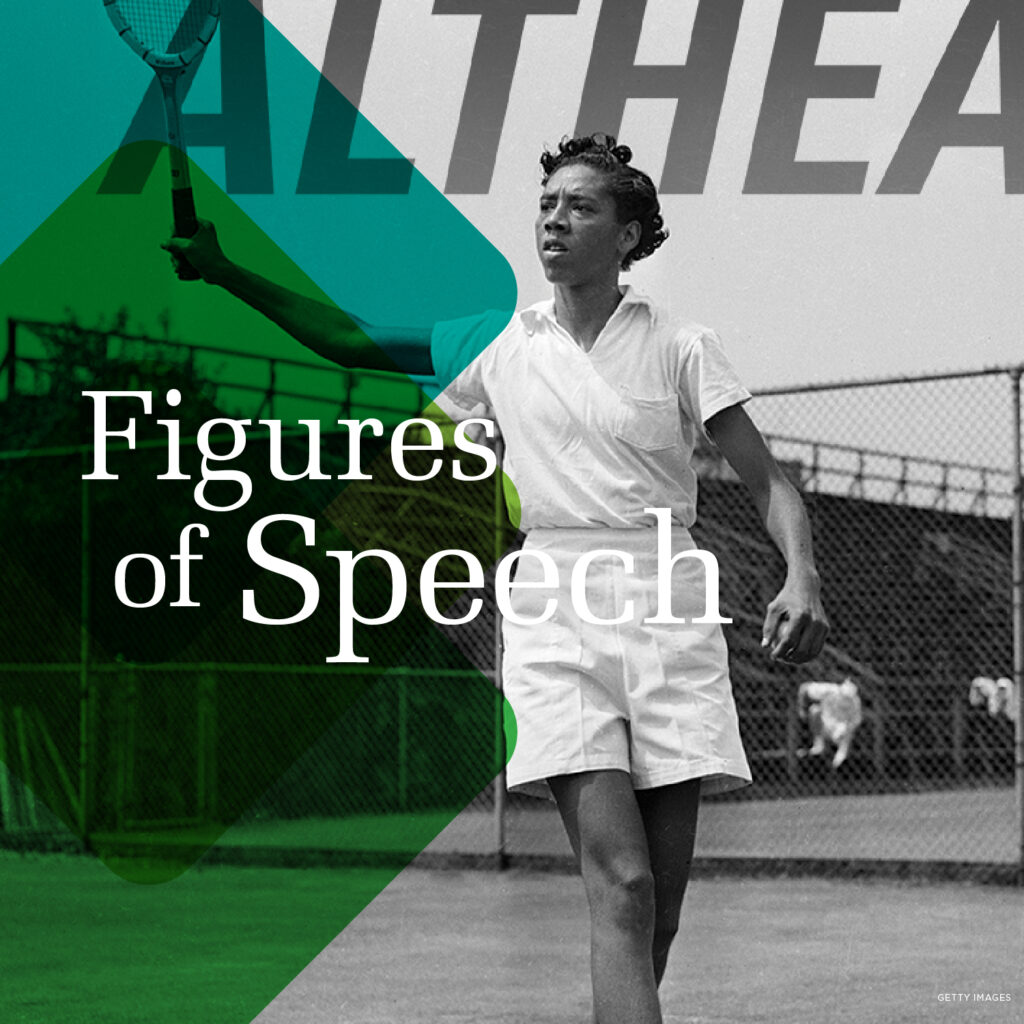CityTarget: Thinking Outside the Box
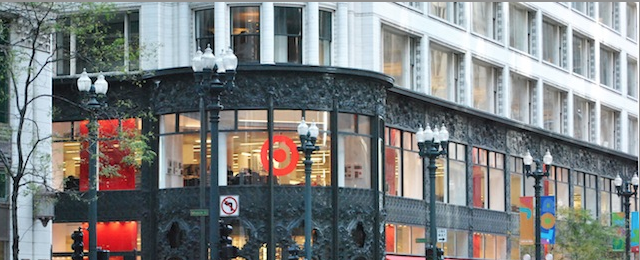
A Brand New Target
Target has spent nearly a decade honing its brand to effectively communicate its promise, Expect More Pay Less. By emblazoning their stores with their trademark red, flawlessly executing in-store merchandising and making the ubiquitous bullseye stand for smart-sophistication-on-the-cheap, Target’s brand successfully aligns with its current audience of loyal guests and would-be shoppers. And now it’s figuring out how to put itself exactly where these guests and shoppers are.
Target has crafted a brand that works distinctly for the urban crowd, but until now their stores have, for the most part, lived in the suburbs. Large retailers typically shy away from city centers because of an array of constraint, including zoning headaches, union labor requirements, and high rents. Target is among those retailers that have pioneered the move into the city, adapting store concepts to fit new business models and urban environments.
The use of “CityTarget,” as the stores are formally named, is a smart move. Instead of plastering the familiar block letters on “out-of-the-box” (no pun intended) spaces, Target lets its iconic brand speak for itself. CityTarget in Chicago is identified by a single illuminated bulls eye hung behind the glass (as opposed to on the building itself) in Louis Sullivan’s iconic rotunda at State and Madison Streets. The word “city” is placed before the bulls eye in advertisements to reference the store, simply allowing the reader to intuitively embrace an evolved version Target brand.
Urban imagery accompanies the name throughout the store and across transit systems, billboards and building wallscapes from one end of Chicago to the other. In store, this imagery includes large graphic representations of the Chicago skyline, the river and the familiar train structures. Large windows keep a calming distance between shoppers and bustling State Street outside, but offer a view that invites the backdrop to be a part of the experience. Edgy, upbeat music plays (a first for Target) and guests browsing the Produce section are offered views of the Loop ‘L’ passing by outside. The store’s unusual layout, architectural details and plentiful use of city imagery create a new Target experience that perfectly exemplifies its established brand and feels just right for the audience it attracts.
Urban Adaptation
Beyond the new brand, the CityTarget store is adapted to best serve shoppers who are city-dwellers. At 2/3 the size of a typical Target store, CityTarget at State and Madison Streets has a unique layout, occupying the former flagship Carson’s store. Both exterior and interior century-old details were painstakingly restored, demonstrating Target’s commitment to Chicago’s heritage, instead of taking the easy path by installing a cheap dropped ceiling and obscuring the ornate column capitals.
With this new urban sensibility, expansive outdoor furniture sections give way to smaller variations, with a nod to high rise balconies and the demand for air mattresses for out-of-town guests. The fashion sections are trendier and more robust, packaged goods come in smaller packages and the home décor section offers a much wider variety than CityTarget’s suburban counterparts, catering to guests who arrive on foot, by bike or via public transportation, and will only buy what they can carry. And if you only buy what you can carry, then you have to come back often, right?
The store opens early to cater to the before-work crowd, and features smaller, more maneuverable carts; the fresh grocery concept has retooled for CityTarget as well. Plastic jars replace the more-common glass jars to reduce weight, and the refrigerated sections have more prepared meals for shoppers on-the-go. Merchandise on the first floor is meant to satisfy immediate needs — athletic clothing, health products, and beauty items. Wayfinding is simple so that guests can get in and out quickly. Pret A Manger, a British sandwich and salad shop, replaces the typical Starbucks inside the store, providing shoppers with a more upscale, cosmopolitan option for quick dining and beverages.
In the unfamiliar landscape of big-box retail in urban cores, Target got it right. The CityTarget concept has become a model for Target to bring into cities across the country. Merchandizing that meets the needs of urbanites, an experience tailored to life-on-the-run and energizing design are the keys to success as this nimble brand builds itself a new life in the city.
Photo Credit: Mike Weiss
Mike Weiss is a Social Media Marketing Associate at Otherwise Incorporated.




